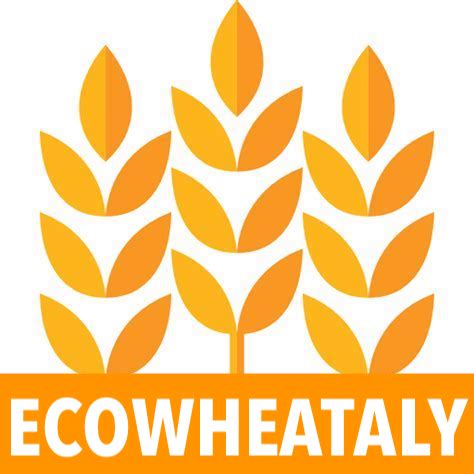Wheat may look like a simple plant: it grows tall, sways in the wind, and seems content with poor soil. Yet behind every grain lies a story of water. Each hectare of wheat “drinks” between 3,000 and 5,000 cubic meters of water per crop cycle, depending on the climate, soil, and farming techniques. Water is, more than anything else, the factor that determines yield, quality, and sustainability.
The Water Footprint of Wheat
The concept of the water footprint has become central in agronomy. According to data from the Water Footprint Network, producing one kilogram of wheat requires an average of 1,800 liters of water, a figure that ranges from about 1,200 liters in highly efficient countries (like France) to over 2,500 in arid regions (like India or North Africa).
Of this total, about 70% is “green water” (rain), 19% “blue water” (irrigation), and the rest “gray water” — the volume needed to dilute agricultural pollution such as nitrates and pesticides.
Water availability is therefore also a measure of fairness: in places where water is scarce or expensive, wheat becomes a crop at economic and social risk.
Drought and Water Stress: The New Threat
In recent decades, heat waves and declining rainfall have made wheat cultivation much more vulnerable. Studies published in Nature Climate Change (Tack et al., 2015) show that each additional degree of temperature can reduce global wheat yields by an average of 6%.
Drought doesn’t just stress the plants — it alters germination timing, accelerates flowering, and worsens gluten quality. In regions such as southern Italy, including Puglia and Sicily, average durum wheat yields have dropped by 20–30% during years of severe water stress.
Strategies for Growing with Less Water
Solutions don’t necessarily involve building new dams or wells. Much progress can come from the smart management of the water we already have. Some of the most promising techniques include:
- Drip or center-pivot irrigation, which applies water precisely where needed, reducing evaporation losses.
- Decision Support Systems (DSS) that combine weather data and soil moisture sensors to help farmers irrigate only when necessary.
- Drought-tolerant varieties, developed through conventional breeding or targeted biotechnology, such as HB4® wheat, which maintains stable yields under arid conditions (Trucco et al., 2020).
- Conservation agriculture practices (minimum tillage, cover crops, organic mulching) that help retain moisture and lower soil surface temperatures.
According to the International Water Management Institute (IWMI, 2022), good irrigation planning can improve wheat water-use efficiency by 30–40% without reducing productivity.
Italy: A Land of Wheat and Thirst
Italy is among the world’s top producers of durum wheat but also one of the most vulnerable to Mediterranean water stress. In the South, about 60% of wheat fields depend on surface or groundwater sources that are increasingly limited.
In regions like Basilicata, Puglia, and Sicily, projects such as IRRINET (Emilia-Romagna) and WATER4AGRI (CREA and CNR) are testing field sensors and satellite-based predictive irrigation. The results are encouraging: up to 25% less water use with equal or higher yields.
The Paradox of “Virtual Water” Trade
When we export wheat, we also export the water used to produce it. This is the idea behind virtual water trade: arid countries such as Egypt or Algeria “import water” by buying cereals from wetter regions like Russia or France.
According to FAO, around 2,000 billion cubic meters of virtual water are traded each year in the form of cereals and other agricultural goods. It’s an invisible reality — but one that shapes the geopolitics of food.
Toward a More “Hydrosustainable” Future
The challenge for the coming decade isn’t just producing more — it’s producing with less water.
Integrating precision agriculture, genetic improvement, and smarter water policies can help reduce risks, but we also need a cultural shift: valuing local production, cutting waste, and restoring the real value of both wheat and water.
As the FAO (2023) reminds us: “Every drop counts. Agriculture must not only feed us but also protect the resources it depends on.”
And perhaps it’s precisely in this awareness that the future of our daily bread is being written.
Sources:
- Water Footprint Network (2021) – Water footprint of crops and derived products
- Nature Climate Change, Tack et al. (2015) – Temperature effects on wheat yields worldwide
- FAO (2023) – The State of Food and Agriculture: Water Challenges
- IWMI (2022) – Water productivity and sustainable irrigation
- Trucco et al. (2020) – Drought tolerance in HB4 wheat: field evidence and potential for adoption, Frontiers in Plant Science
- CREA & CNR (2022) – WATER4AGRI and IRRINET projects: irrigation innovation in Mediterranean agriculture

